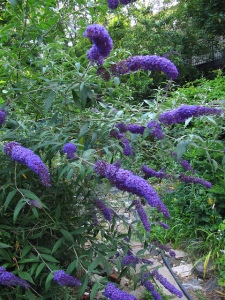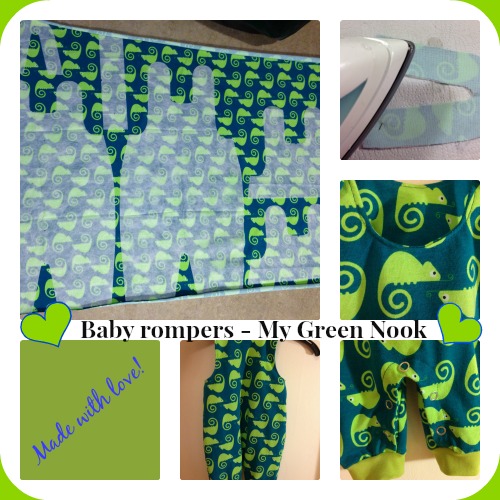As a gardener I believe in creativity and a personal style. I am not a fan of any boundaries. Garden design is an art form and should express the talent of the gardener or creator. But there are always the natural restrains and plants have different requirements. So knowledge and experience are valuable and necessary to succeed at least in a long-term. To arrange a garden bed is much like being a composer writing a symphony. There are some things to take into account when arranging a garden bed. In this post I share my design tips.
Basic research
First of all we got to get some perspective. Do some basic research to find out what you are dealing with. The choice of plants will be the next step after you sorted out the following questions below:
- The surroundings – look around what kind of houses or buildings and other gardens is present in the area, does the garden have a history, characteristic of the period the house and garden was built, nature which native plants grow here
- The location – what preconditions do you have taken garden zone, microclimate, soil, sun/shade into account
- The purpose – for what are you going to use the area, what is next to the garden bed, is it a place for the kids to play, a relax or a social area (like a dinner place), edible (food production), entrance/passing by
- The flow – are there other constructions, natural lines or a beautiful view to take into consideration. From where will you see the garden bed
- Maintenance level – how much work/how much time do you want to spend
- Seasonal value – when will you use the garden, which time of the year will you see the garden bed most. For example a home garden, a summer-house and a school have different seasonal needs regarding bloom, fruit and winter decoration.
Choice of plants
As you may have noticed there are some descriptions of the plants that repeat in my gardening posts. Like solitaire, ground-cover and so on. This is one way to divide plants in which is very useful when you are about to arrange a flower bed. These characteristics tell use something about how the plants grow and is vital to the composition. You may use all or pick a few depending on the purpose and look you strive for. I will describe the most common characters and list some examples to give you a picture.
Solitaires: Are plants with a striking feature often tall and architectural. They draw the attention and speak with capitals. These are standing by themself or in smaller groups, often of three plants.
Yucca filamentosa – Adam´s needle
Some species of Miscanthus sinensis – ornamental grass
Topairy shaped plants or bonsai
Weavers: Are airy, delicate, cloud-like plants which gently weaves themself in among other plants. Holding together and softening the structure of the arrangement.
Thalictrum delavayi – Chinese meadow rue
Knautia macedonica – Macedonian scabious
Gaura lindheimeri – Indian feather
Group builders/colonizers: Are often growing in rosettes or bouquet-like shapes creating a group of flowers. Some may slowly spread by creating new groups and become colonizers. These often make the base/mass of the arrangement.
Echinacea purpurea – purple coneflower
Hemerocallis – day-lilies
Lavandula angustifolia – lavender
Ground-covering: Rugs or matt-like spreading plants preferably quite dense. Most are low, some are evergreen with no showy flowers which can have its advantages. These makes the boarders smoother and hold the arrangement together like a rug creating an island under the furniture.
Vinca minor – dwarf periwinkle
Asarum europaeum – European wild ginger
Galium odoratum – sweet-scented bedstraw
Some species of Geranium – cranesbill
Most species of Thymus (for example Thymus serpyllum) – thyme
Pop-up plants: Often biennial or plants moderately spread by seed. These are popping up here and there making the arrangement dynamic and shifting over time.
Verbascum thapsus – great mullein
Angelica gigas – purple parsnip
This is one way to start working on a plan for a garden bed. Next time you look for plants in literature, at a nursery or garden center keep this in mind. See if you can find plants from each group.
Which tools and guidelines do you use when designing your garden or arranging a flower bed?
This post was previously published in two parts during the A-Z Challenge read the originals in K as in Kolkwitzia and Y as in Yucca. Curious about more plants? Check out the challenge by clicking the link above.
Happy Gardening!

© The photos are licensed by Creative Commons and some rights are reserved. License Attribution 2.0. Photo credits as follows:
Knautia macedonica – Stefano
Echinacea purpurea – free
Thymus serpyllum – Kingsbrae Garden
Angelica gigas – Chris Kreussling
Shared at:



 Family: Melanthiaceae
Family: Melanthiaceae

 Family:
Family: 












.jpg)


















